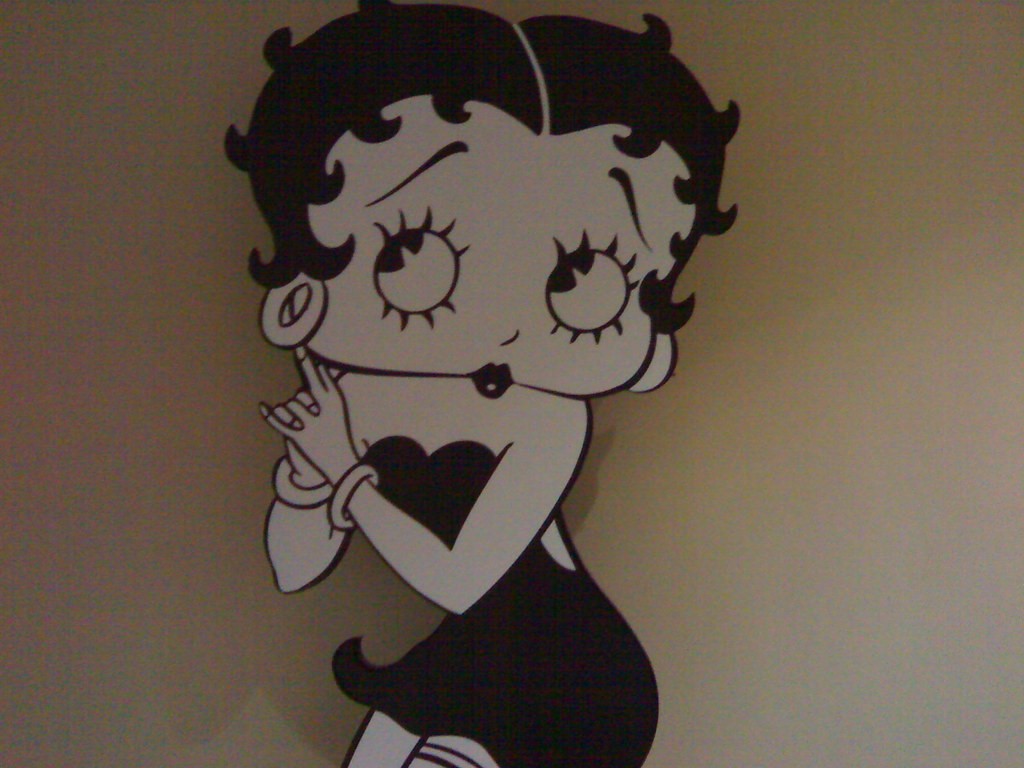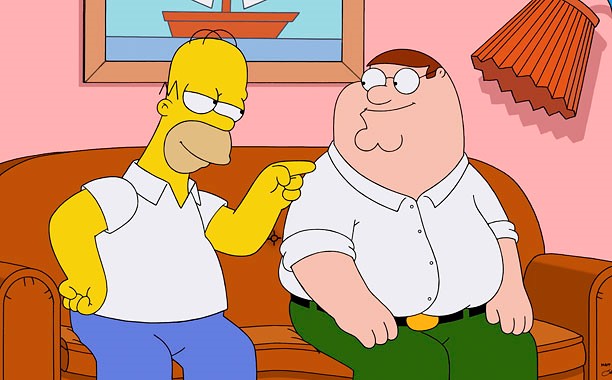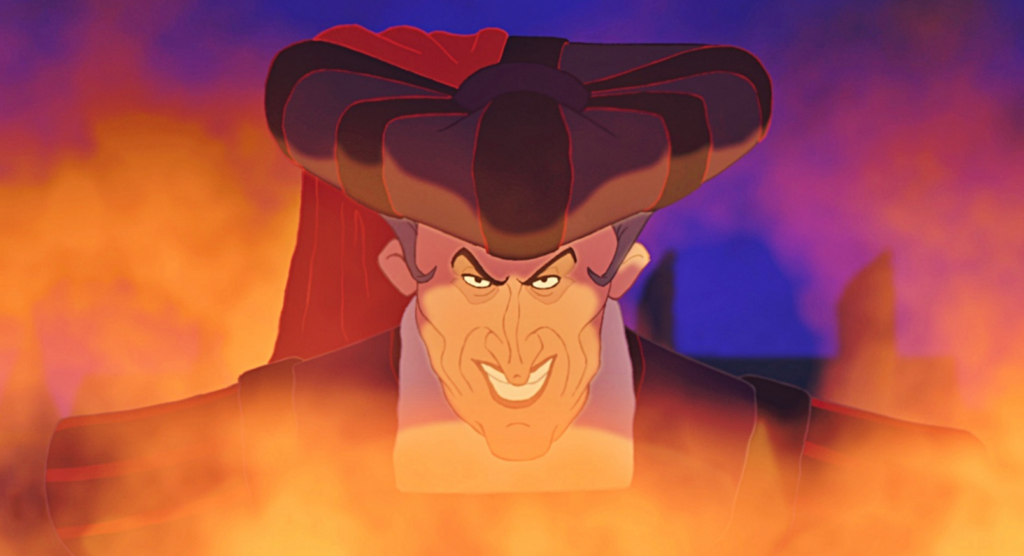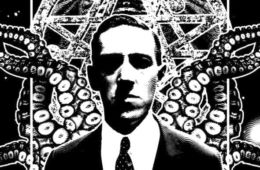Why Cartoons Have Potential: A Response to Travis LeBlanc, Part 1
Part 1 of 2
Entertainment has a history of normalizing particular behaviors. This is nothing new. Cartoons are just one of many forms of entertainment media that are influential on the general public. Sometimes cartoons can in fact be the most influential type of media at a given moment in terms of pop culture. Why is this?
First, what exactly is a cartoon? Those who are not well-versed in the diversity of cross-media platforming most likely associate “cartoons” with “animation,” and may use these terms interchangeably. But this is not exactly the case. Cartoons are any caricature or exaggerated characters illustrated for comics, or else a series of character drawings in animated media. Before they became famous for being animated, some cartoons began as comic strips, and some that remain well-known today even date back to the late nineteenth century: The Yellow Kid, Little Nemo, Popeye, and The Addams Family, to name a few. And long before them, the political cartoon made its debut in 1754 with Benjamin Franklin’s famous “Join or Die” propaganda piece which called for the creation of a union that would eventually become the United States.

You can buy Dark Right: Batman Viewed from the Right here
Now that the definition of a “cartoon” has been established, I can respond to Travis LeBlanc’s “Adult Cartoons Are a Disaster for Western Civilization.” Note that I will not be arguing against his comments about Rick and Morty, Fritz the Cat, or Heavy Metal. I agree that those are negative for Western Civilization. Nor am I going to address his critique of Ralph Bakshi. However, I am critical of LeBlanc’s assumption that “cartoons,” aka animation, is “for children,” a cultural assumption that is commonly found in North America, as well as his failure to realize the potential animation has as a medium.
Animation was never intended to only be for children, even within the confines of Western society. Early cartoons such as Felix the Cat, Oswald the Lucky Rabbit, and Mickey Mouse would fool anyone into thinking that these were intended for a younger audience, at least when taken at face value. Once you dig deeper, however, you find that these early cartoons were already quite experimental, and were often filled with sexual innuendo and extreme violence. The animators pioneering this new medium pushed the boundaries of what was acceptable. One of the most notable characters of this period is Betty Boop, after all, although most forget that she is in fact a cartoon prostitute.
Silly Symphonies and Looney Tunes both included drag performances and instances of explicit homosexual behavior and extreme violence prior to the implementation of the Hayes Code in 1934. Sure, Bugs Bunny would still get away with some of these things even after Hollywood adopted the Hayes Code, but that was the exception to the rule. In the pre-Code days of animated Hollywood, none of these short featurettes were explicitly designed to entertain children, but were intended to fill the gaps between the news programs the actual movies in the early cinemas. Some of these movies were in fact intended solely for adult audiences. The idea that cartoons are solely for children is therefore a myth.
LeBlanc glosses over The Flintstones, which is perhaps most notable as the first animated sitcom aired in primetime. It was not merely filler between children and adult programming, either. At that time Hanna-Barbera was seeking to build on their earlier success with Tom and Jerry to focus on adapting established TV shows as low-budget, animated episodic series aimed at primetime or family audiences. The Flintstones, which debuted in 1960, was a retooling of The Honeymooners, a famed 1950s live-action sitcom.
This was not the studio’s only animated sitcom to repeat this formula, either. The Jetsons debuted two years after its sister series and was loosely based on I Love Lucy, another 1950s sitcom classic. Hanna-Barbera would continue this trend into the 1970s, sometimes creating literal animated copies of 1960s live-action sitcoms such as Bewitched (they had in fact developed the opening credits sequence for the original series in 1964) and having the characters appear in cross-over specials along with others of their characters. Hanna-Barbera experimented with various single-season animated specials and variety shows in the late 1960s, but the studio would not develop its first animated series directed specifically at the children’s demographic until the 1969 debut of Scooby-Doo, Where Are You?
Norman Lear would take the formulas of the 1950s American sitcoms and subvert them with shows such as All in the Family, Maude, and The Jeffersons, updating them for the audiences of the 1970s and early 1980s. This is important, as these series would go on to influence most of the classic animated sitcoms of the 1990s and 2000s such as The Simpsons, King of the Hill, Family Guy, and The Cleveland Show, the last one likewise being a satire of The Cosby Show. Most of the humor in these animated sitcoms derives from the sarcastic and satirical nature of the live-action sitcoms of the 1970s that had been produced by the Jewish progressive Norman Lear. These would have more of an influence on America’s growing obsession with the black subculture than anything Ralph Bakshi produced. Lear was also responsible for Good Times and other black- centered family sitcoms of the 1970s, such as the previously mentioned The Jeffersons.
Ralph Bakshi’s work would go on to influence shows such as South Park and Rick and Morty, which deviated from the typical Lear-style sitcom formula. Both of these shows have direct connections to both children’s and family media, as the former is a spoof of classic children’s holiday specials, and the latter is heavily influenced by the 1980s cinema franchise Back to the Future. South Park would directly steal from Heavy Metal in one episode, while Rick and Morty highlights sexual taboos much as Fritz the Cat had done.
These cartoons are indeed toxic for Western Civilization, but not because they are crudely animated characters who swear. Their toxicity is deep and nuanced. Let’s classify adult animation in three waves. The first wave includes the 1960s animated classics such as The Flintstones. The second includes the Lear-style animated sitcoms such as The Simpsons. The third and current wave includes shows such as Rick and Morty. Some of them do overlap, but this classification makes sense in context. It also shows how each wave is influenced by a previous era of television, and how the animated shows either subvert the original material or expands on the subversion. The first wave was relatively harmless, being based on classic 1950s-era sitcoms. The second wave was based on Lear-style sitcoms with a clear progressive leaning. Early on in the history of these programs, the humor could be somewhat crude, but not overtly offensive, and could even be somewhat cathartic for those who grew up in broken homes. Sometimes they were even wholesome, or used satire that could be positively interpreted through a nationalistic lens. The problem arose when these shows then attempt to stay relevant by adopting third-wave style humor and essentially overstaying their welcome. South Park pioneered this with their potty-mouth antics, gross-out imagery, and topical themes that date each episode after its initial viewing. The rise of the Internet, which has desensitized the public to taboos and extreme topics, has similarly played a major role in shows such as Rick and Morty, which fights for relevance through shock humor and taboo-breaking.
Animation is a medium, and like any medium of entertainment, it has both good and bad potential and can be aimed at any demographic. Many animated films made in Hollywood are not conceived of as purely children’s entertainment. Disney did not seek to make “children’s films” with their animated classics, for example, which were rather designed as “family entertainment.” This is a far different type of demographic. When Thomas the Tank Engine or Barney the Dinosaur get feature-length films, by contrast, they are not intended for parents or a general audience to enjoy. The producers know these films are exclusively for a pre-school audience. But films such as Beauty and the Beast, Aladdin, and The Lion King are in no way directed strictly at children. They contain elements children may like, but parents and childless adults enjoy these films as well. I doubt anyone would be comfortable saying that Disney’s Hunchback of Notre Dame is merely a “kid’s film.”
Animation has potential. Imagine if dissidents had the cultural power to tell Hans Christian Andersen’s fairytales in animation on the level as The Little Mermaid or the Snow Queen. We would not be dealing with watered-down characters and stories, nor debating diversity casting or “representation.” The West is rich in folklore and fairytales that can be used to develop lasting stories that will have a major impact on society. We could have beautifully stylistic and faithful animated adaptations of stories from the Poetic Edda and the Norse Sagas, instead of the “diverse” Asgard as seen in the Marvel Comics Universe.
Animation is vital. White people of all ages need uplifting stories that promote Western values and inspire them. Animation provides a cost-effective method of showcasing the magical elements that live-action cinema is not capable of reproducing without expensive digital effects that, frankly, do not carry the same magic. Let us not forget how many modern dissidents were inspired by animated web shows such as Murdoch Murdoch, for example.
The next part of this essay will be a response to the second part of LeBlanc’s, which deals with Japanese anime and The Simpsons’ cultural impact. I will primarily focus on his critique of anime, and why I think he is too quick to judge as well as how his attitudes about “artsy-fartsy” films limit any potential nationalist movements may have to influence pop culture. I will also address the popularity of anime in the West, and why Western audiences — especially those of white European backgrounds — are drawn to Japanese-style animation.
* * *
Counter-Currents has extended special privileges to those who donate at least $10/month or $120/year.
- Donors will have immediate access to all Counter-Currents posts. Everyone else will find that one post a day, five posts a week will be behind a “paywall” and will be available to the general public after 30 days. Naturally, we do not grant permission to other websites to repost paywall content before 30 days have passed.
- Paywall member comments will appear immediately instead of waiting in a moderation queue. (People who abuse this privilege will lose it.)
- Paywall members have the option of editing their comments.
- Paywall members get an Badge badge on their comments.
- Paywall members can “like” comments.
- Paywall members can “commission” a yearly article from Counter-Currents. Just send a question that you’d like to have discussed to [email protected]. (Obviously, the topics must be suitable to Counter-Currents and its broader project, as well as the interests and expertise of our writers.)
To get full access to all content behind the paywall, please visit our redesigned Paywall page.









